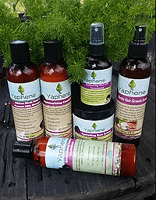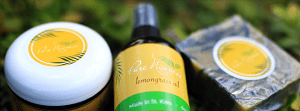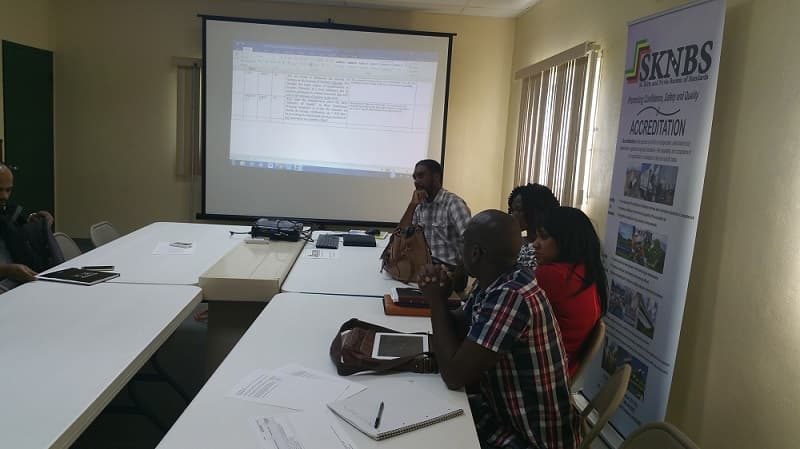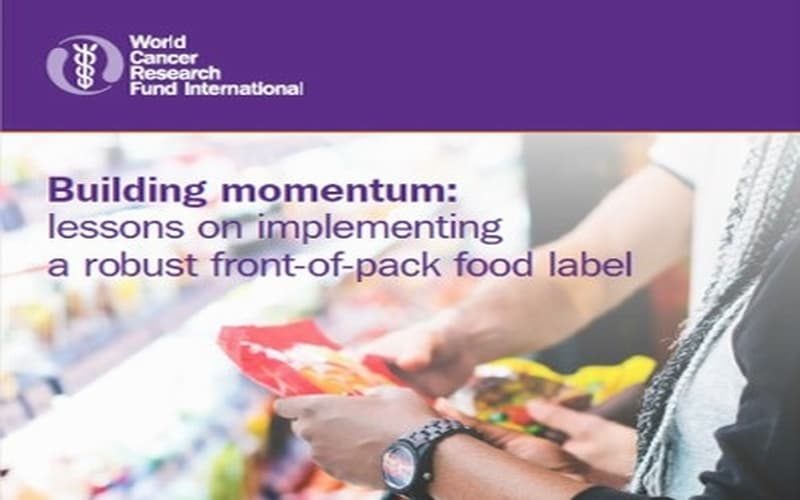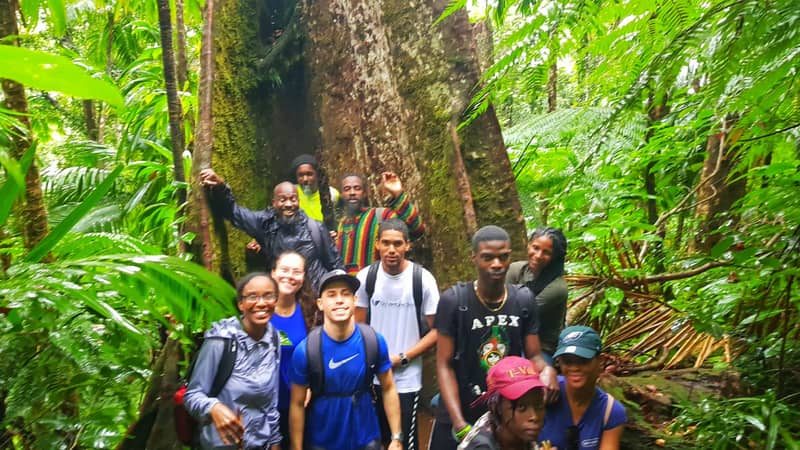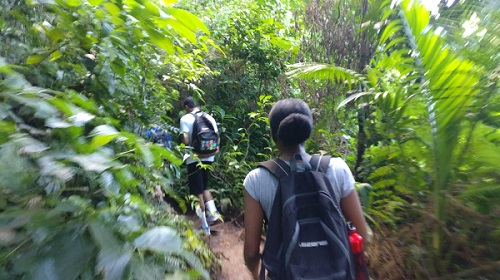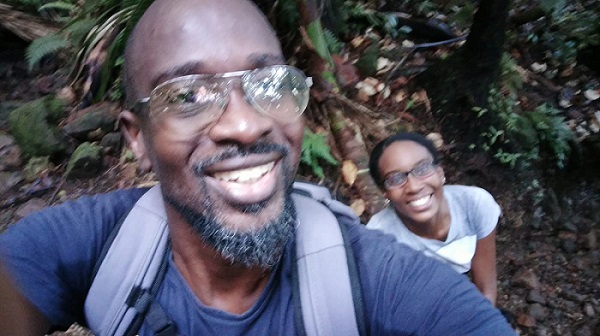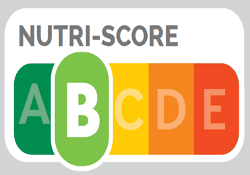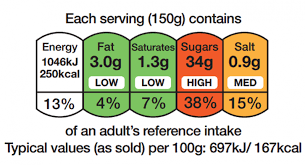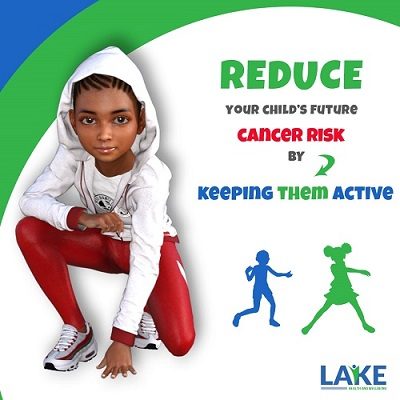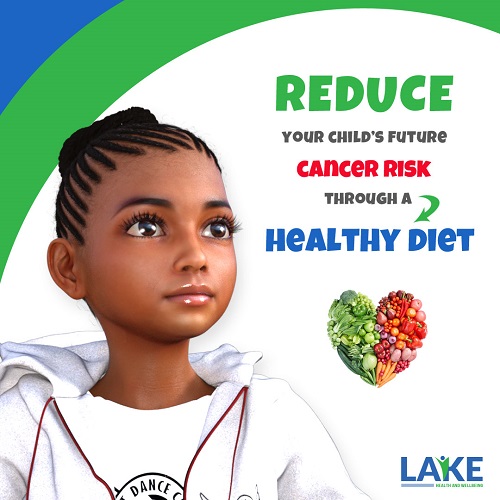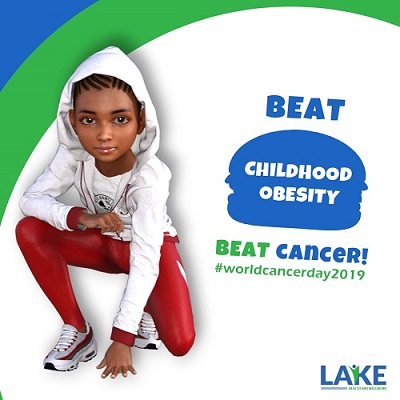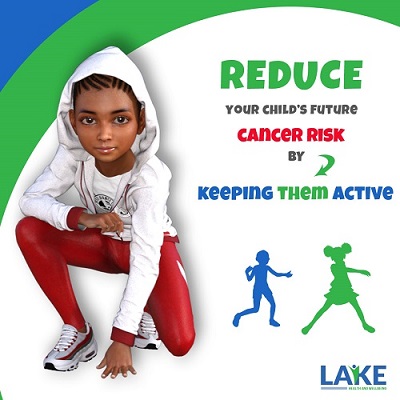Today’s blog post comes from physician-writer, IC Blackman who began writing fiction in 2007 after embarking on a career break from working as a consultant physician in general internal and geriatric medicine. She is the founder of Dried Ink through which she has created a literary genre, Connected Fiction, to engender discussion between the young and the old.
IC Blackman discusses how our history, specifically slavery, has shaped our food culture and therefore impacted the health of black people today. This piece challenges us to reflect on why we eat the food we eat by exploring historical truth, to question our life choices and to move towards a simpler, healthier lifestyle.
Physician writers have a duty to combine their writing content with the breadth of their clinical experience. However, one’s life experience is equally as valid as that learnt from a career in medicine, which at its core is a profound, personally transformative science.
As physicians, we diligently and dutifully take detailed chronological medical histories of our patients, but these patients to whom we are entrusted are a microcosm of the much vaster realm of human experience. That experience is what we would summarily call world history. Every patient’s history is different and nuanced in its own way, coloured by cultural context, or identity, for those with enough sentience to grasp this salient concept. This is made that more challenging as we pen such histories and translate our patients’ spoken words into cryptic medical jargon. Most would focus on the pathological process at hand; the histories therefore are oftentimes tailored for disease, not health. In fact, they centre around elucidating cause and effect, and, at their very best, treating the cause, and not the myriad effects, which we call symptoms, signs and diagnostic criteria. Not to diminish the latter, as to miss one of these would be to risk a misdiagnosis and its subsequent tragic sequelae. We do, as a part of the history-taking exercise, include a dietary, social and family history which usually, but quite disappointingly, takes up less than a quarter of the entire ‘life story’ of the patient. Metaphysicians, naturopaths and medical intuitives may have great reservations about this – it should be at least 40% of the entire history, they would entreat, and I’m beginning to be a strong supporter of this; one would be remiss to disagree.
On this backdrop, then, one quite unexpectedly, yet with what would seem to be a natural extrapolation of clinical expertise, embarks on a continued journey, an intrepid adventure. Here one begins to translate the gamut of human experience into writing fiction as a physician writer, not just for entertainment but for studied consideration. Not for speedy conversions or to arrive at a diagnosis – though these may happen organically – but for the purposes of deep self-reflection, discussion, intergenerational connectedness and, ultimately, resolution of familial conflict. This then translates into broader avenues of harmonious living. Connected Fiction, a term I coined quite by happenstance in 2015 as it best described my committed purpose for writing, is an ambitious endeavour. Its primary aim is to bridge the disconnect between teens and the significant elders in their lives: mother-daughter, father-son, granddaughter-grandmother, teacher-student – the connections go on and on. This is deliberately constructed through compelling stories of many genres, buttressed by relevant themes and colourful characters…. Have I honoured my own maxims and utilized my clinical experience in fulfilling my purpose? Yes. To wit, have I used my personal experience as well? Absolutely, perhaps even more so. Will I succeed in my mission? Time will tell. History will record whether I do or do not… What is certain, though, is that any profit gained is for the reader and not necessarily for the writer. Profit here translates to healing, not so much monetary reimbursement.
My last novel, a collection of short stories, has as its source inspiration what appears to me to be part of an ongoing dilemma we have in the African Diaspora but not exclusively. This would be the under-appreciated connection between cultural identity, historical truth and the health of adults and children. I include mental health here as well. The mind controls the body, and if we are to ignore the mind, we would necessarily be setting ourselves up for a whirlwind of world hurt and poor health outcomes. In the novel, I use intergenerational female relationships as a vehicle for examining the aforementioned, as well as what we normalize as cultural ways of being – our values, principles, tastes, and daily preoccupations.
The enslavement of African peoples, as well as the indentureship of South Indian peoples, to fuel the industries of sugar, tobacco, coffee and cocoa, to name but a few, a poignant part of world history, has had long-term ramifications. Hitherto these have been seen only from an economic viewpoint; the psychological and mental impact have been given little global appreciation and in-depth examination. Some have explored the effects of chattel slavery and indentureship on sociopolitical superstructures and their inherent inequities and spawned ideologies. However, few have dared to draw a connection between mass production of these products and their byproducts, their effects on physical health in the very countries that provided free labour and fertile lands, and the psychological wounds which fuel their excessive consumption. All this, to make them some of the most profitable industries of the modern era, providing countries which held and still hold the means of production with immeasurable wealth.
The production of coffee, tobacco – for cigarettes – and sugar from sugarcane – for confectionery, drink and myriad foodstuffs – were all labour intensive exercises, the harvesting of cocoa for the production of chocolate even more so. Most of these products have high addictive potential – a phenomenon that needs further in-depth exploration. Once the existence of this phenomenon is agreed upon, it could change the way we offer and formulate any intervention to curb the present obesity crisis, not just in the former colonies of Empire that produced the raw materials, but also globally. Most are consumed in great amounts when coupled with psychosocial foibles and/or triggers – poor access to healthier options, fractured emotional bonds, subclinical depression, gaps in health education, and – let’s be clear – gaping holes in historical context. Little is taught about the history of the abject conditions under which these crops were grown and harvested, the lives maimed or indeed cut short by their production, and the wealth inequities they spawned, some of which still exist to this day. These historical truths hold the key to a much-needed reverence for these profitable, ‘seductive’ crops. Do we need to start embracing a mindset where we consider the products of these crops delicacies for very deliberate and sparing consumption? Should they be perceived much like, say, a rare aged cheese, or perhaps the eco-unfriendly, as now considered by some, Beluga caviar (not an analogy to be taken lightly), whether in their native state or in the food we consume daily? Should this then mark the opportune and perhaps urgent demise of the jumbo or family pack of any of these products – the colossal chocolate bar for instance, the litre bottle of carbonated drink? Size is everything. Portions may well predict posterity, or the lack thereof. Is everything edible to be classified as food? Is food to be defined as that which gives the body nourishment? Does the food pyramid need to be revised so as to exclude sweets? Should such products be purchased at much higher prices than ‘true food’? I deliberately exclude tobacco here for good reason. Historical truth is the segue to better health, if taught in a way that includes the inception, propagation and maintenance of these industries – cause and effect.
Then there arises, from the depths of free enterprise, the behemoth that is financial profit and the livelihoods of those still producing these crops today, something that cannot be circumvented easily. This naturally begs the questions – how much profit is reasonable profit? Should it be tariff-based or price-based or both? Should we be looking for other uses for these crops which don’t remotely include our gastrointestinal tracts and subsequent ill-health? Rooted in the answers to these questions, other questions follow – what does one value above one’s own health, and the health of a nation, and indeed the world? What are we sacrificing to achieve and maintain a ‘handsome profit’?
How does cultural identity play into all this, you might ask? Who would disagree that food – what we eat, how it is harvested and prepared, the where and the when – is a manifestation of culture? Must we now examine how much we inculcate another’s culture into our own, if said assimilation begins to produce adverse effects in the general population? It’s what I wistfully call cultural integrity – not to be confused with cultural exceptionalism, cultural exclusion and xenophobia. And one has to clarify what one means by inculcation – latter-day adoption without appropriate cultural translation. Has sugar ever played a major part in Caribbean cuisine, South Indian or African-derived? One could argue that chattel slavery introduced many dietary and indeed social habits which were compensatory, partly oppressive, and born from a culture of lack and a chronic functioning outside the realms of one’s cultural imagination. We made do. Innovated. As some would say, maladapted through forced choice – no choice at all – and under tremendous duress, not consent.
Deeper issues abound beyond faddism – going vegan or vegetarian, dry- January… One should note here, though, that South Asian Hindus maintained their veganism in indentureship through an intact religious ideology, and Muslims – either African or South Asian in origin – refrained from alcohol and pork. It was true during indentureship, and to a lesser extent during chattel slavery; true even now. But now that we are in a better position financially to embrace abundance, has that abundance translated dysfunctionally into excess, as a symbol of having ‘arrived’? Is obesity the new malnutrition of our age, replacing what we were familiar with in the Diaspora – marasmic kwashiorkor and protein energy malnutrition, usually an index of poverty, unlike obesity? Can we rein this in in time, given that we are yet to address the ongoing psychosocial issues that fuel excessive consumption, as mentioned previously in a by no means exhaustive list? Have we ever craved sugary or fatty foods in tropical climes? And if we do now and within the recent past, why? Is this solely driven by physical needs, or is it a reflection of the preponderance of psychological hunger? What quenches our thirst more in the hot sun – cool water or a sweetened drink, fruity or fizzy? When we have been blessed with a climate that fosters an outdoor lifestyle, why are we imprisoned indoors as if in a harsh winter? Is the rum shop a place for social gatherings, or a pharmacy for troubled minds? How much chocolate do we need to consume in order to feel loved, worthy, alive, spiritually and emotionally sated? How much coffee do we need to imbibe to get going, when perhaps what we truly need is to stop what we’re doing, reassess our life choices and make the necessary changes towards a simpler, more fulfilling existence? And how many cigarettes do we need to smoke before we say a premature goodbye, our breath of life snuffed out when we are in our prime?
Now that we understand that genetically as an ethnic group – African and South Asian – we metabolize sugar, salt and most substances with addictive potential differently, how do we honour that truth? These are not scientific secrets. Let’s look at our history. Let’s define culture clearly – what does it look like, feel like, and, not to veer off-topic, taste like? How does it align with our overall health – mental, physical, spiritual, and social? How do we take the best examples of healthy living from the many cultures that exist on the planet and create working models of intersection that foster health for adults and children? This should be a factual endeavour, not an emotional exercise.
Ultimately, it’s about doing what works within the fabric of one’s experience, forged from the truth of one’s experience – historical truth. It’s about being true to the best manifestation of that experience, having a reverence for it, honouring it – cultural identity and historical truth, what I believe would greatly foster improved health for adults and children in the Diaspora. And as far as Connected Fiction goes, it’s one of the pressing reasons why I write. You don’t have to agree, just consider.
© 2019 IC Blackman. All rights reserved.
We would like to say a big thank you to IC Blackman for this very insightful blog piece. If you have any comments or questions, please leave them in the comments section below.
You can find out more about IC Blackman and her work here or you can follow IC Blackman on Twitter.









